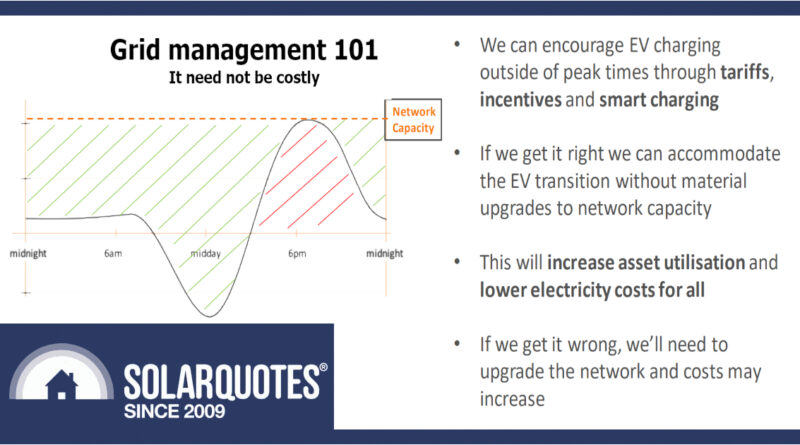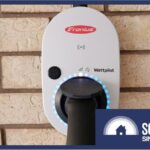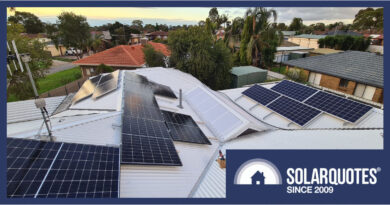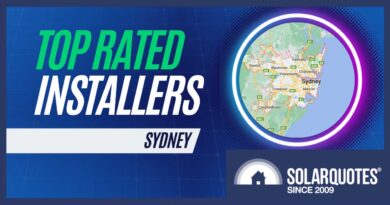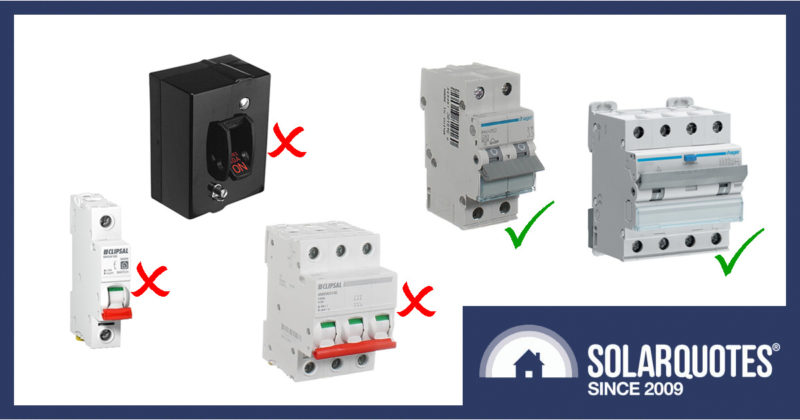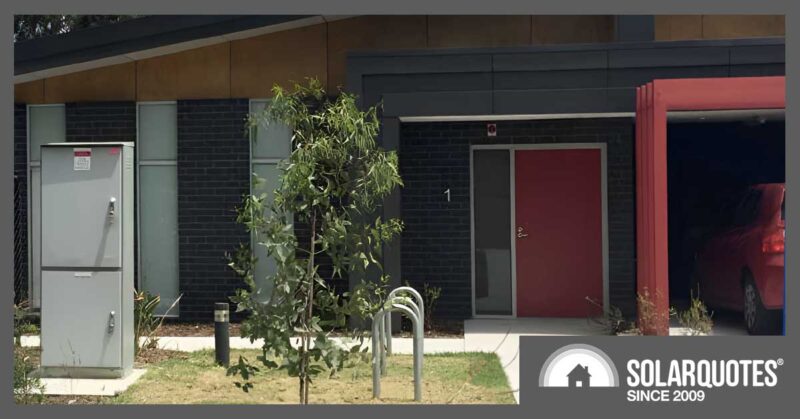Should you buy an EV charger with OCPP?
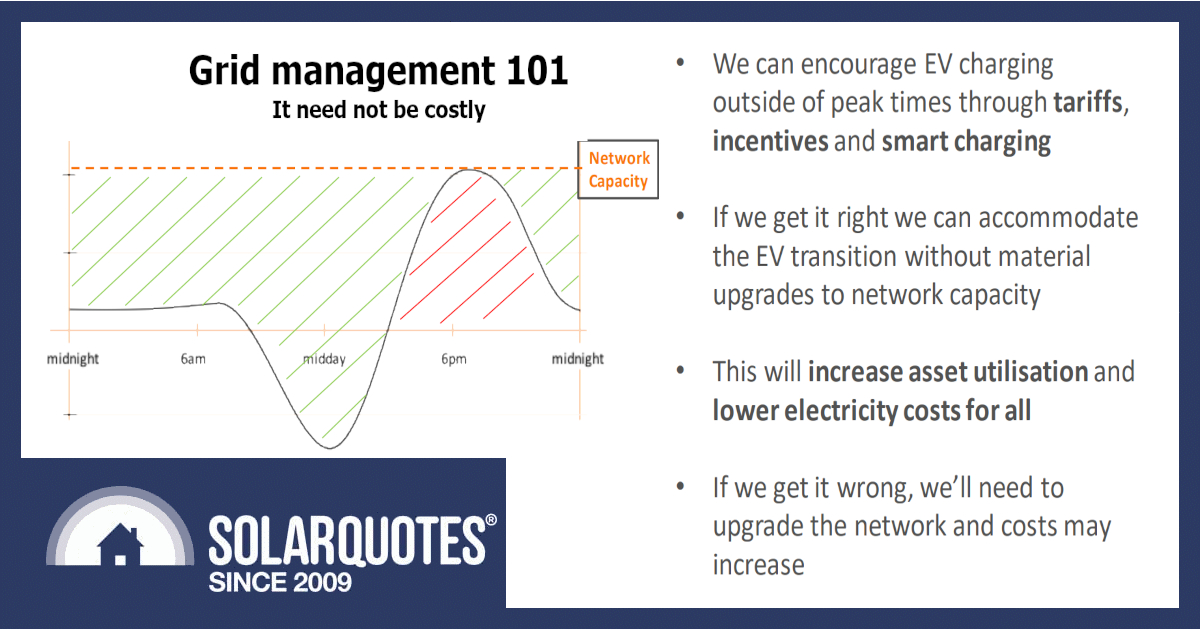
Image: SA Power Networks
TLDR: Yes.
In this post, I’ll dig into why Open Charge Point Protocol (OCPP) is a game-changer for meeting the charging needs of Australia’s growing EV fleet. As more people jump on the EV bandwagon, we must ensure our electricity network can handle the increased demand. That’s where OCPP steps in, ensuring our chargers, networks, and energy providers can communicate smoothly and charge our EVs efficiently without wreaking havoc on the grid.
Read on to:
- discover all the sweet benefits of OCPP,
- check out some OCPP chargers,
- see how OCPP can make your life easier.
- understand the role of software in managing EV charging and other home loads,
- learn why brand-agnostic is the way to go,
- be clued up on the potential risks of DIY electrical work when interfacing with your charger.
So, let’s dive in and discover the amazing world of OCPP and its significance in shaping the future of Australian EV charging.
What The Hell Is OCPP?
Not to be confused with a cartel of fossil oil producers, OCPP stands for Open Charge Point Protocol. It’s a communication standard that allows third parties to monitor and control EV chargers. Because the underlying code is an open book, customers and suppliers are less likely to be left stranded if a particular company goes bust.
Hundreds of manufacturers signed up to this collaborative and cooperative approach. Of course, the Yanks haven’t much, probably because they think it has something to do with metric measurements, I don’t know.
All Chargers Should Have OCPP
OCPP is a no-brainer in my opinion. Connectivity will be very handy, and even if it’s not mandatory right now, grid operators are trialling demand response management with EV charging, just like they already do with air conditioning and flexible solar exports. I’ll eat my hat if it doesn’t become widespread, driven by incentives or connection requirements.
We must ensure that the electricity network can cope for everyone’s sake. As outlined in the SA Power Networks (SAPN) graphic above, if we get car charging right, we’ve got the entire green area to charge all those EVs. If we get EV charging wrong, we’ll all have to pay for a horribly inefficient and needlessly gargantuan system.
If you’d like a little more of a primer on EV charging, then we have articles written from many perspectives, and I’d encourage you to read these comments too; they’re almost as handy as some of our FAQs.
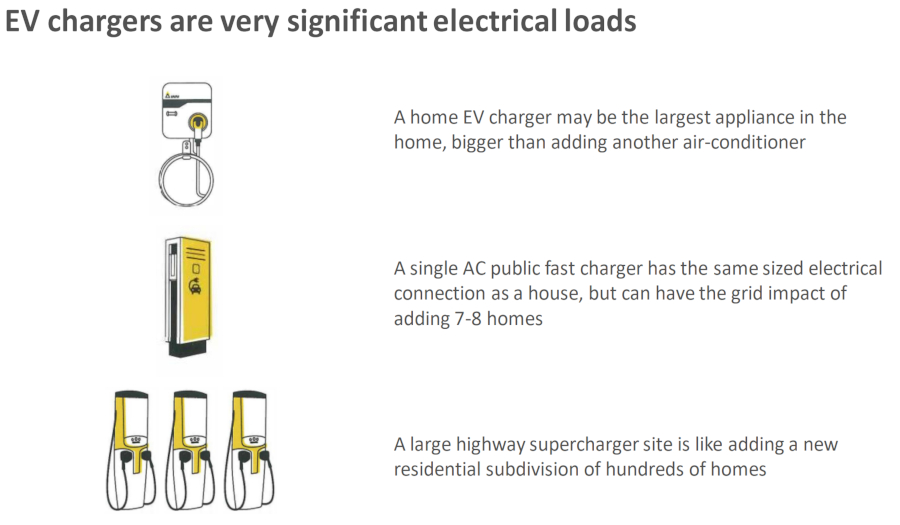
SAPN are well across the coming challenges. As consumers, we need to get our heads around it too.
What Will OCPP Do For Me?
There are a few things that OCPP will offer you, the end user, not least of which is smart charging that’s operable by an array of other devices.
Right now, you can buy an EV charger that will measure the energy coming and going from your house using a Current Transformer (CT) coil in the switchboard. If your solar is punching excess energy out to the grid, then the EV can soak it up. The problem is that not all EV chargers can do this, and those that do need to be within coo-ee of the main switchboard. Running the cable for a CT coil will be difficult if your garage is separate from the house where the solar is situated or divorced from the main grid connection point. You’ll need to drop some more cash on a wireless CT solution and hope it works.
If you have OCPP, you don’t need a CT to measure your solar exports. Software such as Charge HQ can simply ask your solar inverter to provide that number in real-time and then instruct your charger how much power to put out to match it. That same software that manages your OCPP-compatible EV charger can also look at your home battery charging, energy consumption and wholesale electricity tariffs, then adjust your EV charging rate to match, with a handy app to tell you how it’s going and let you change settings.
Furthermore – if your local distribution network is under strain, it can ask your charger to stop charging until the situation passes. Conversely, if there’s too much energy in the system, it can ask your charger to start charging with free or negatively priced electricity to help even things out. With OCPP 2.0 the protocol can make use of V2G chargers and pull energy from your car battery when supply is tight, paying you a tidy premium for those kwhs and reducing the number of grid-scale batteries that need to be built.
What OCPP Chargers Are Available
There are lots of chargers available that support OCPP. But you want one with at least 1.6j or 2.0 tacked on the end. Our EV charger comparison table lists the ones we know about that you can buy in Australia. Look for the ‘OCPP compatible’ row.
At the moment, EV chargers are not cheap – starting at $750 for a Tesla Gen3 Wall Connector up to $2,500 for SMA’s wallbox. But if you’ve found a dirt cheap one on Ali-Express, please don’t ask your sparky to quote on installing it. In practice, a retail electrician can only afford to recommend an off-the-shelf solution. Something like a Fronius Wattpilot or Ocular unit has been suggested to me, but you’ll find lots of hardware in our EV charger comparison table.
Well-proven units are the way to go unless you’re happy to fiddle with buying extra hardware and poorly written instructions from ZJBeny for example.
Same Brand Inverter & EV Charger? You Still Want OCPP
Many solar inverter makers are offering their own EV charger. If you have an existing solar energy system and/or home battery, keeping everything monitored on the same platform is a good idea.
In this video, Tom would be better off with a battery, EV charger and inverter all from the same eco-system, or at least an EV Charger with OCPP. But that’s easy for me to say to an early adopter in hindsight…
Wildcard Option: Catch Power Relay Joins The OCPP Party
For those considering a brand-agnostic approach, I’m told that although it’s a few months away, the OCPP protocol will soon be a software option on the Catchpower Solar Relay, so you’ll be able to match your EV charging rate with surplus solar and control other loads with this flexible device. ETA has been jokingly mooted as the 5th quarter of this year, but the Australian developers are working hard on it, I’m assured.
What About The Enthusiasts?
When it comes to doing smart things with your home energy, some people love to fiddle. All power to them, right up until they ring me to ask why it’s broken.
Hackers can be a danger to themselves and others because they do unlicensed electrical work. I know many DIY guys would claim I’m just trying to look after a vested interest in a regulated industry, but it’s hard to explain to some of these people just how superficial their knowledge is.
This recent tragedy in Queensland shows that even legal DIY on ‘extra low voltage’ can kill:
Queensland’s Electrical Safety Office investigated the electrocution of a person who was modifying the solar panels on an off-grid solar PV system in a remote area. The deceased was found with significant burns to their hands and fingers.
The investigation found the solar PV system operating at around 100VDC, had been operating at an extra low voltage (not exceeding 50VAC or 120V ripple-free DC). The person performing the work was not required to be a licensed electrical worker, however, this incident highlights the real risk of working on such installations.
DIY Code Is Safer than DIY Electrics
A whole world of new functionality is available when you can get computers to talk to each other using an application programming interface or API. Even straight-laced inverter companies like Fronius have open APIs, but it’s not for the faint-hearted.
If you have an OCPP-compatible charger, you can create a system that only uses software to read your energy consumption and solar generation from your monitoring system’s API interface and command your OCPP charger to act. It’s not without risks, but it’s much safer than modifying your electrics. Home Assistant is the most popular DIY route for charger monitoring and control. If you need inspiration, here’s a great Home Assistant case-study.
Hitting The Road with OCPP
Australia’s electric vehicle era is going to be great. But kissing petrol goodbye and embracing electricity will be a mammoth disruption. There’s a wild ride ahead, but with OCPP in our chargers, we can face the bumps knowing that our charging infrastructure isn’t just up for the challenge; it’s born for it.
Original Source: https://www.solarquotes.com.au/blog/ev-charger-with-ocpp/

